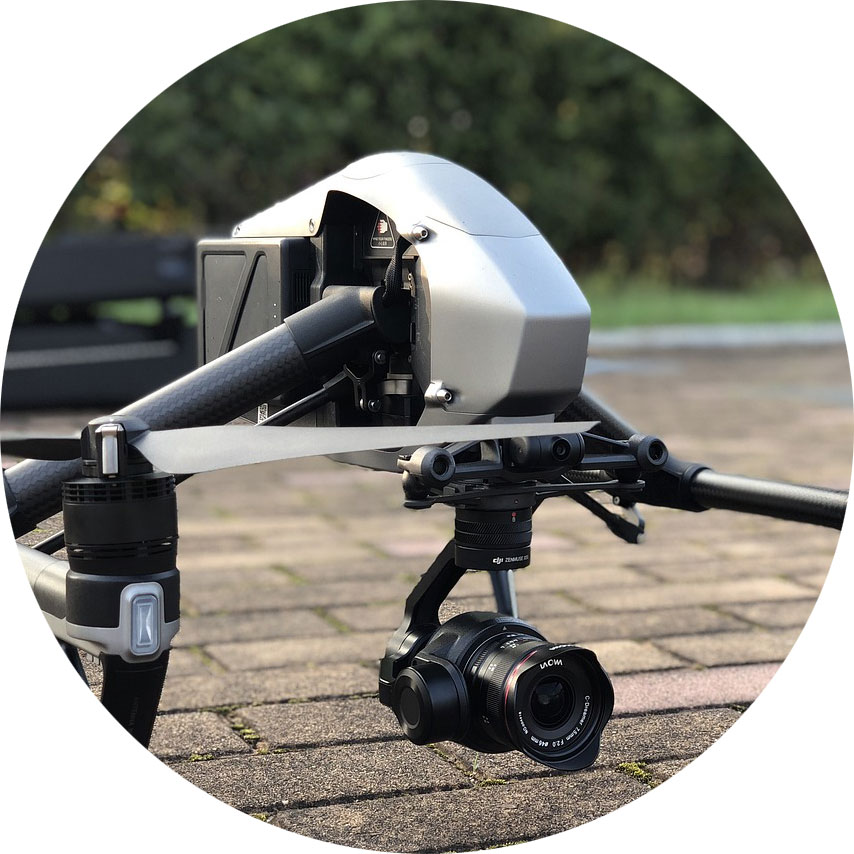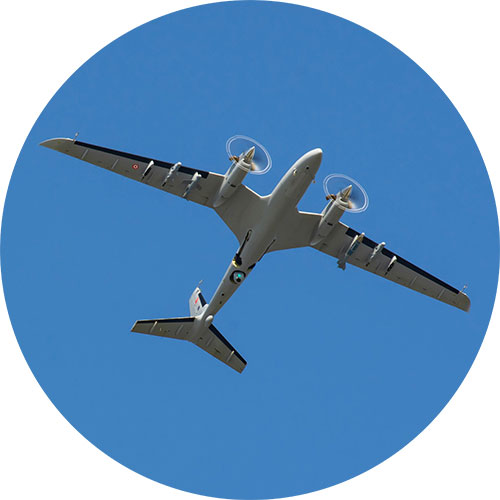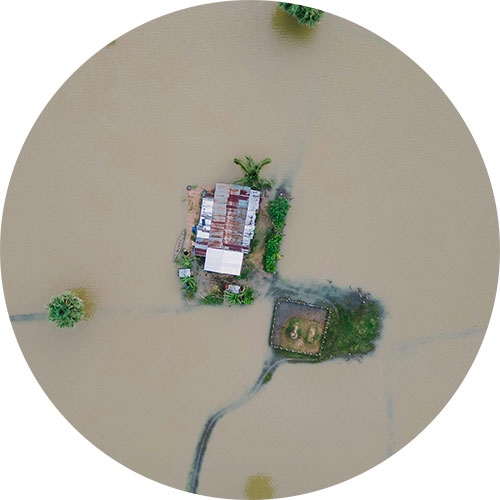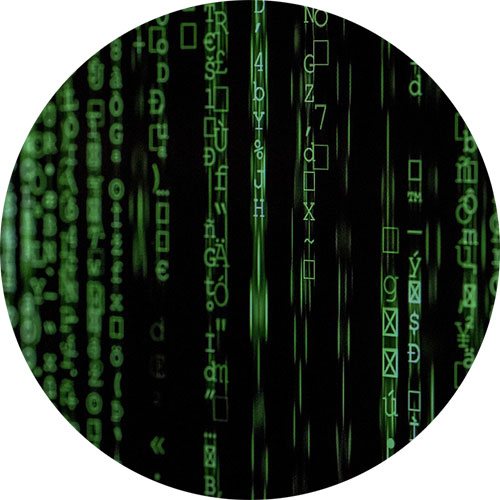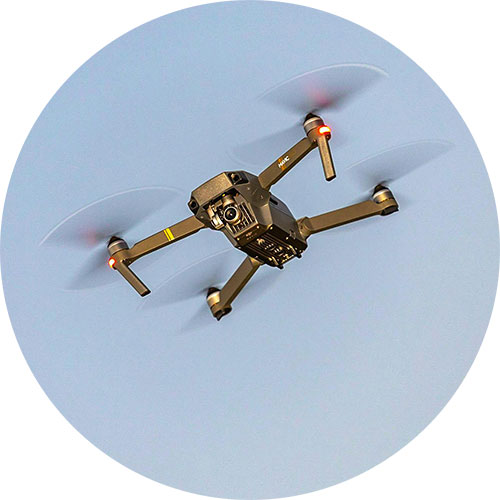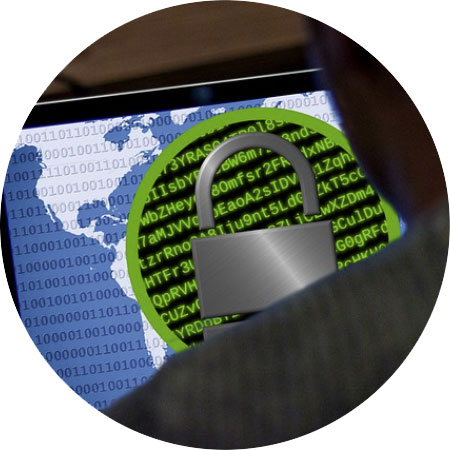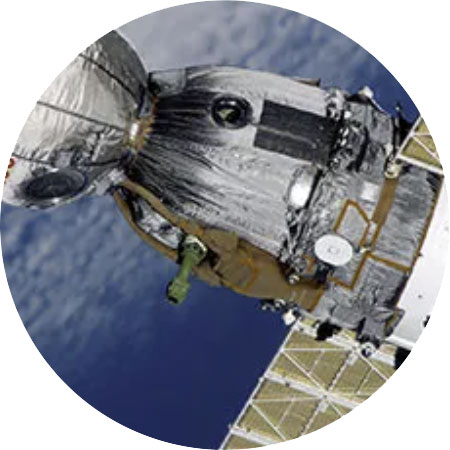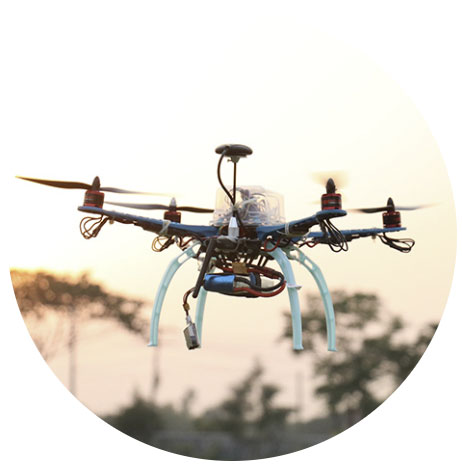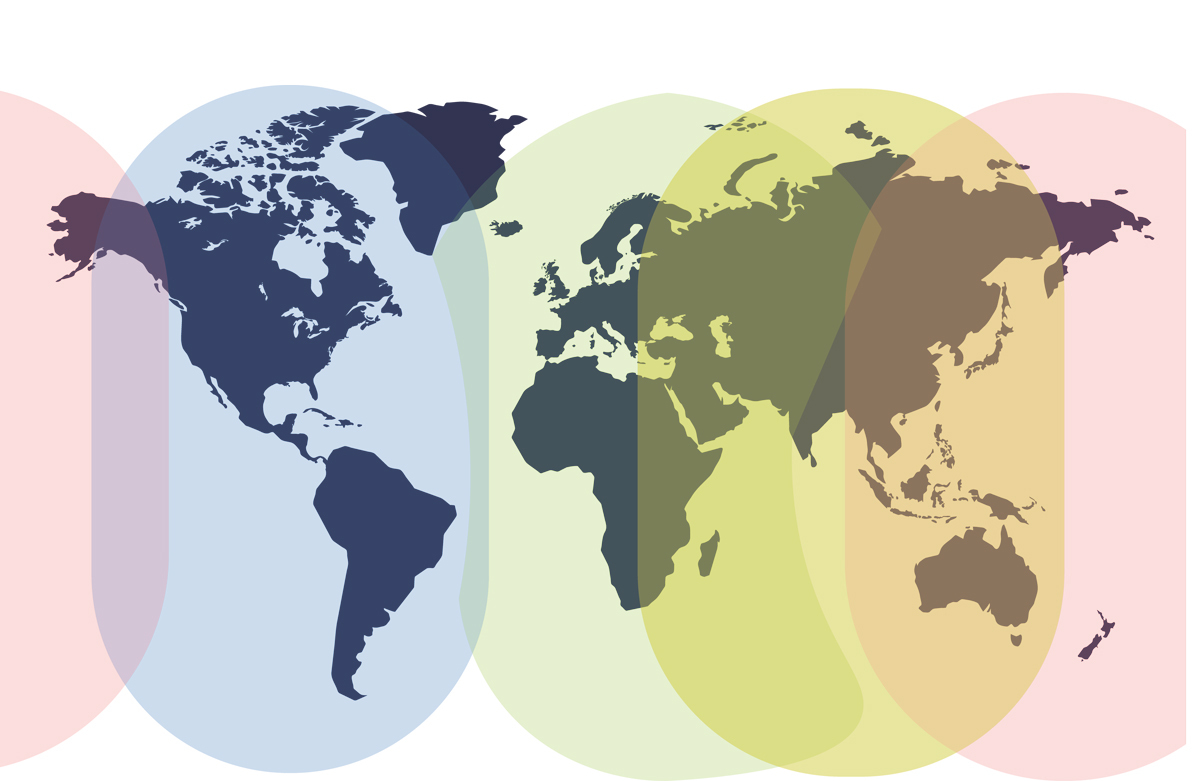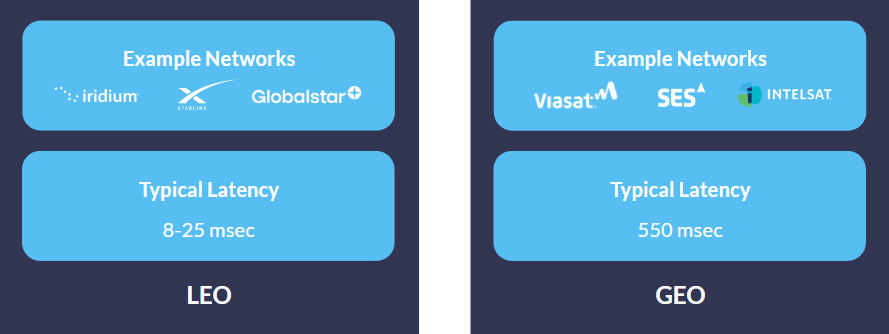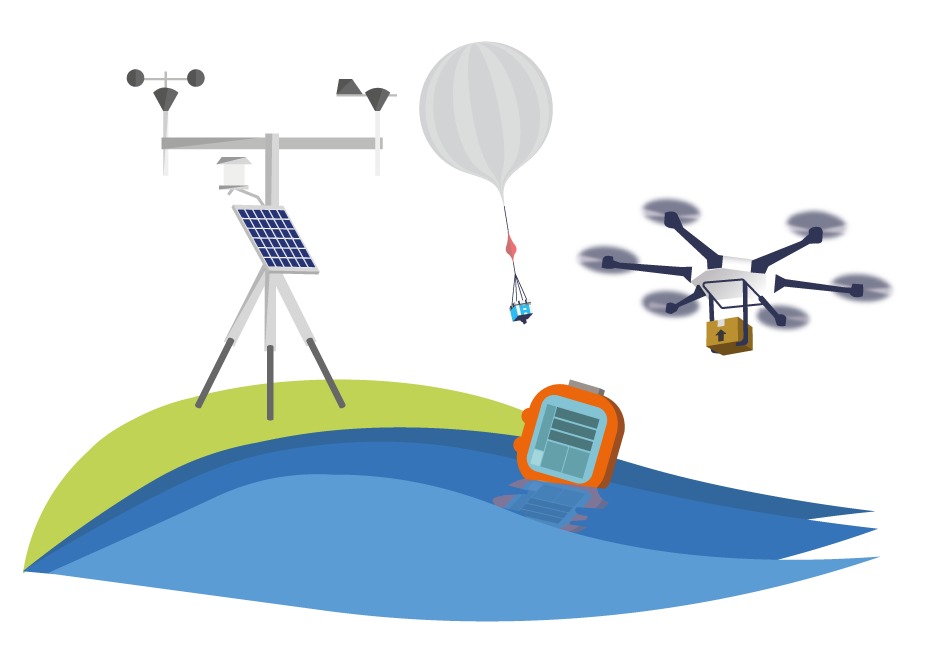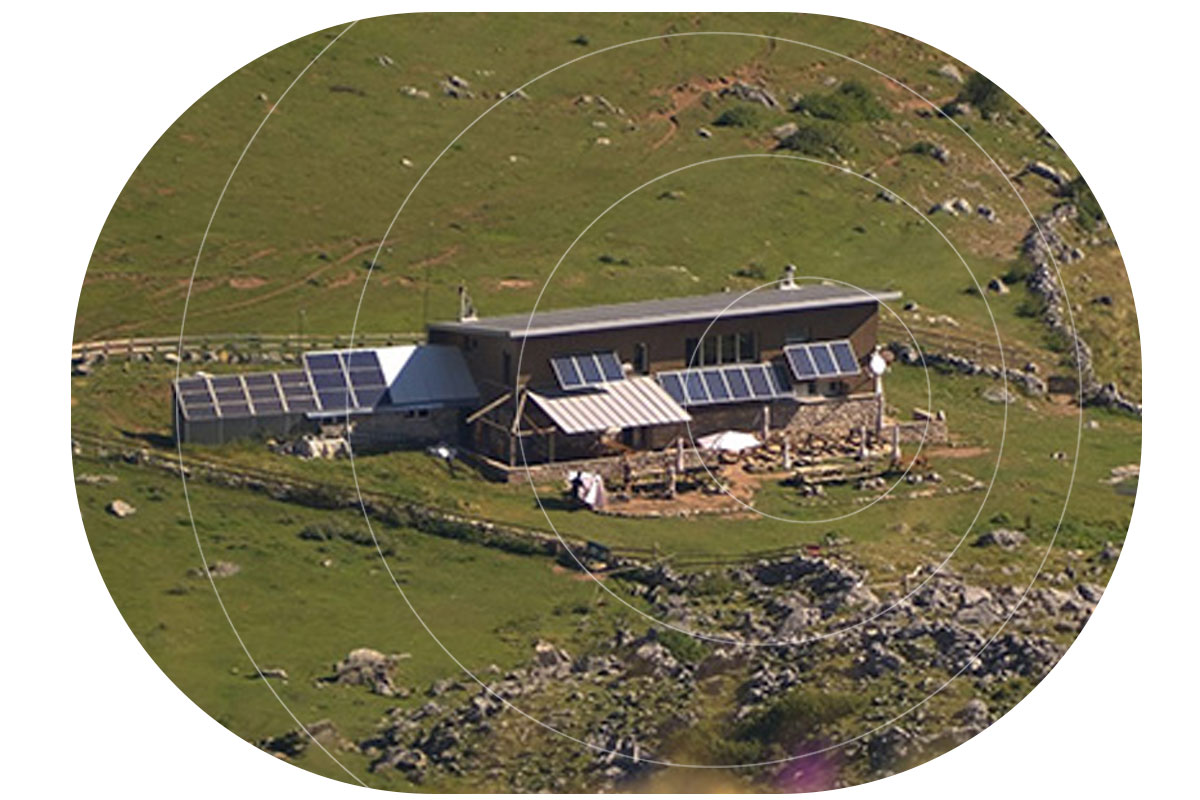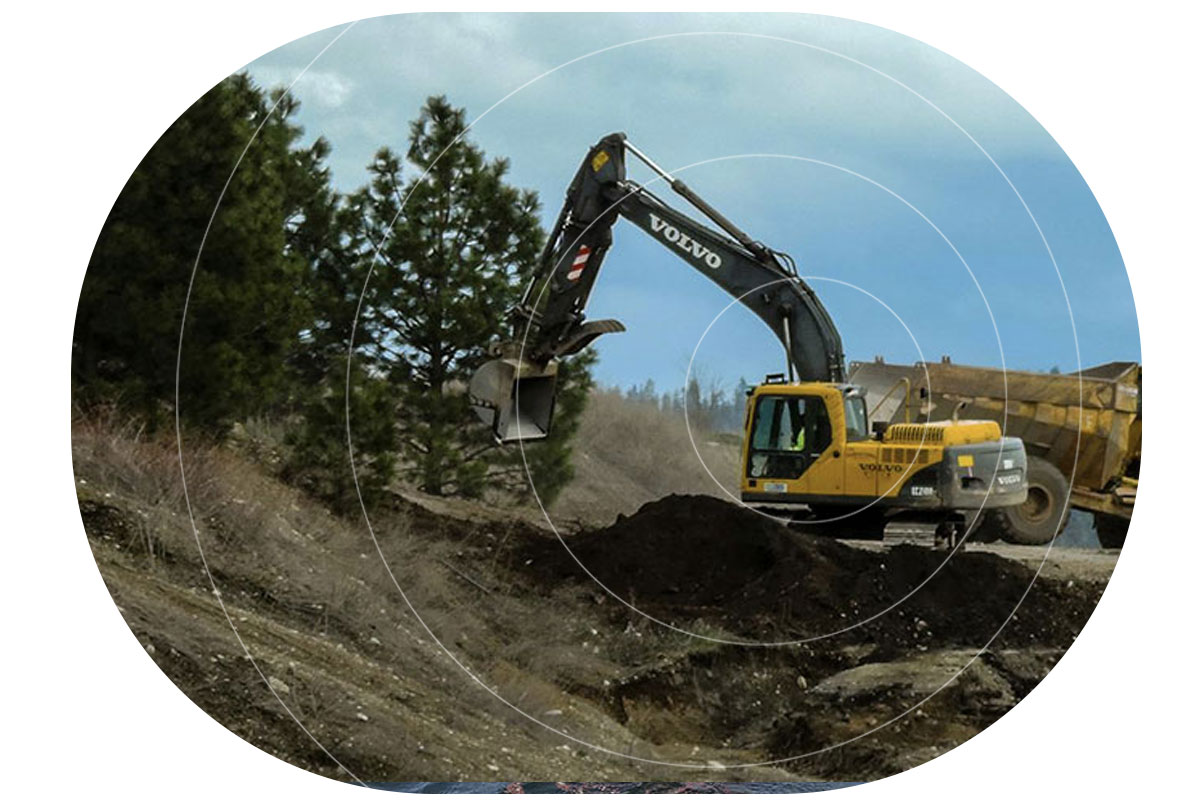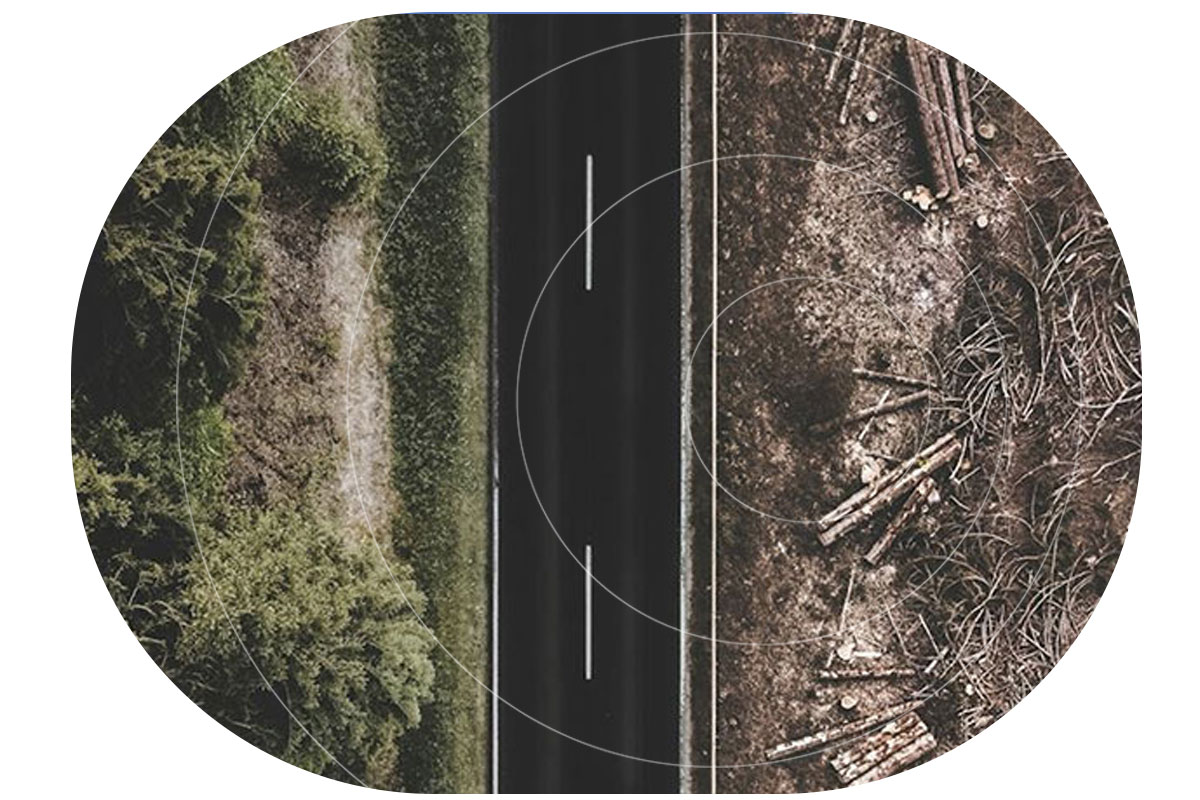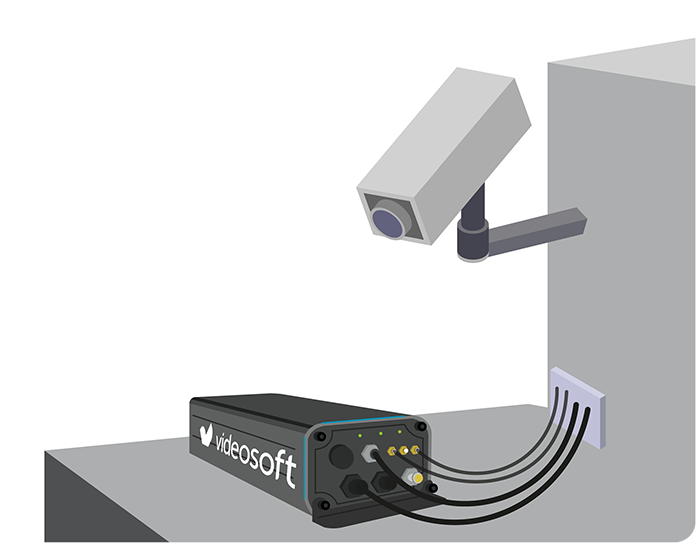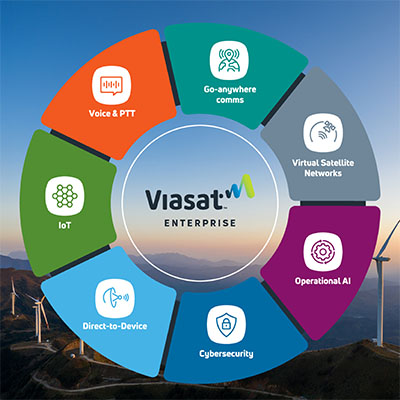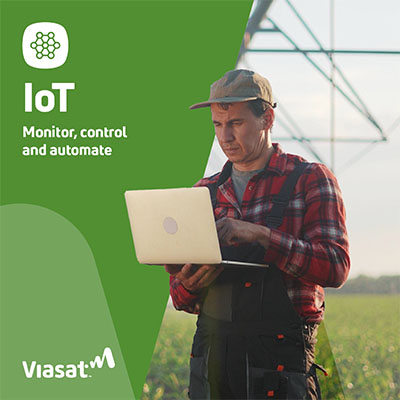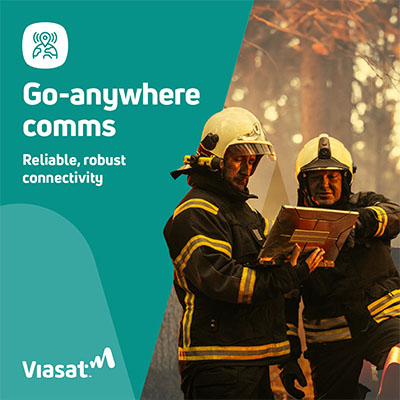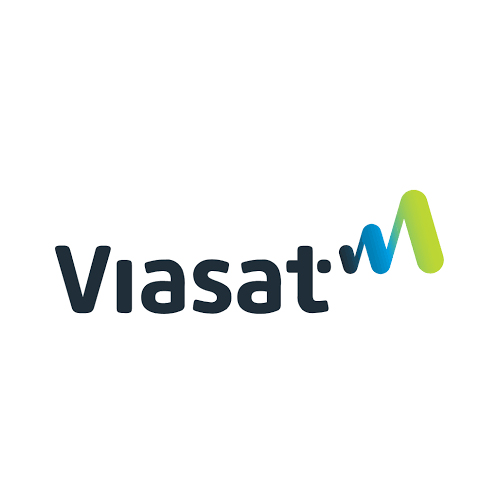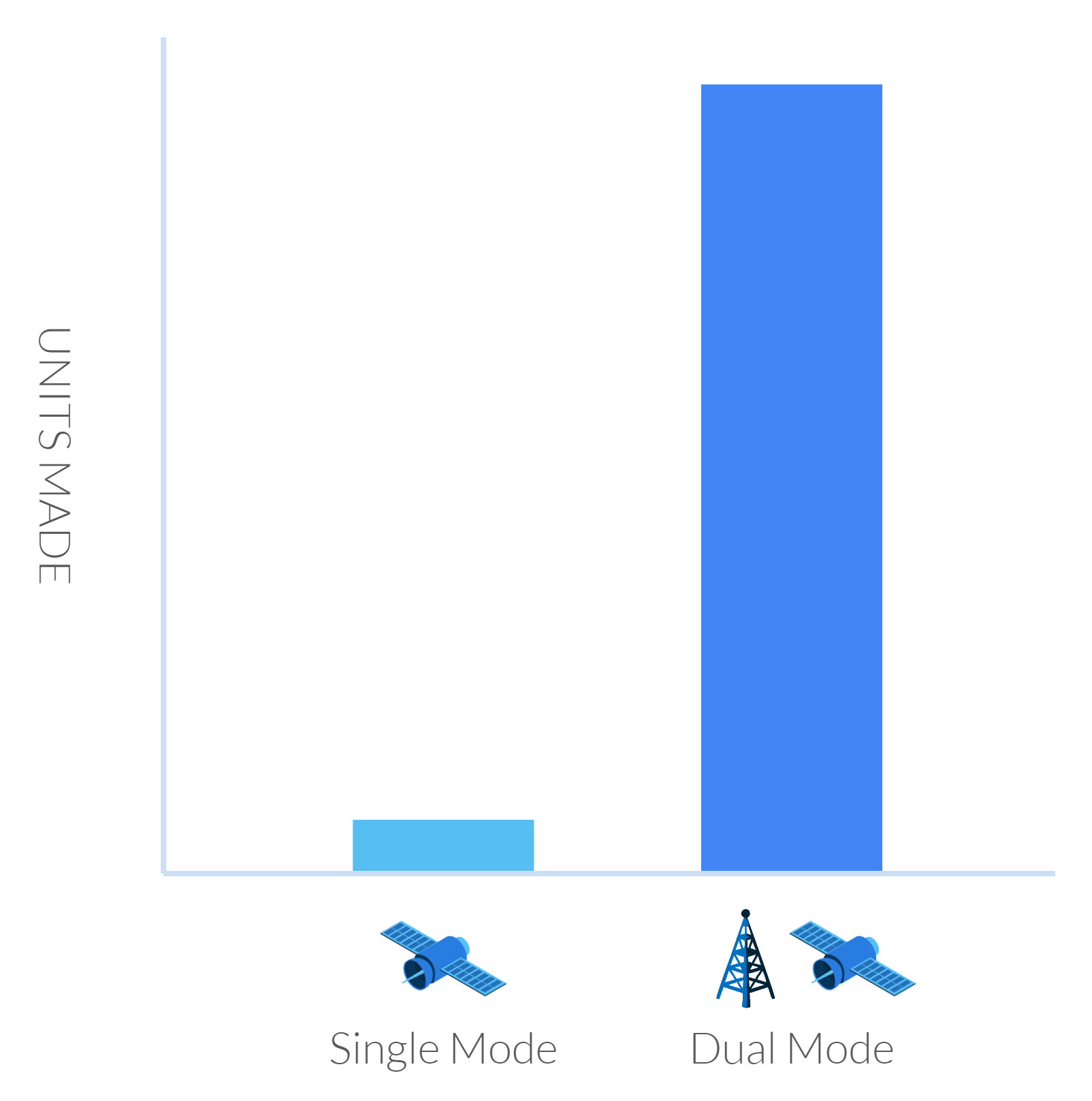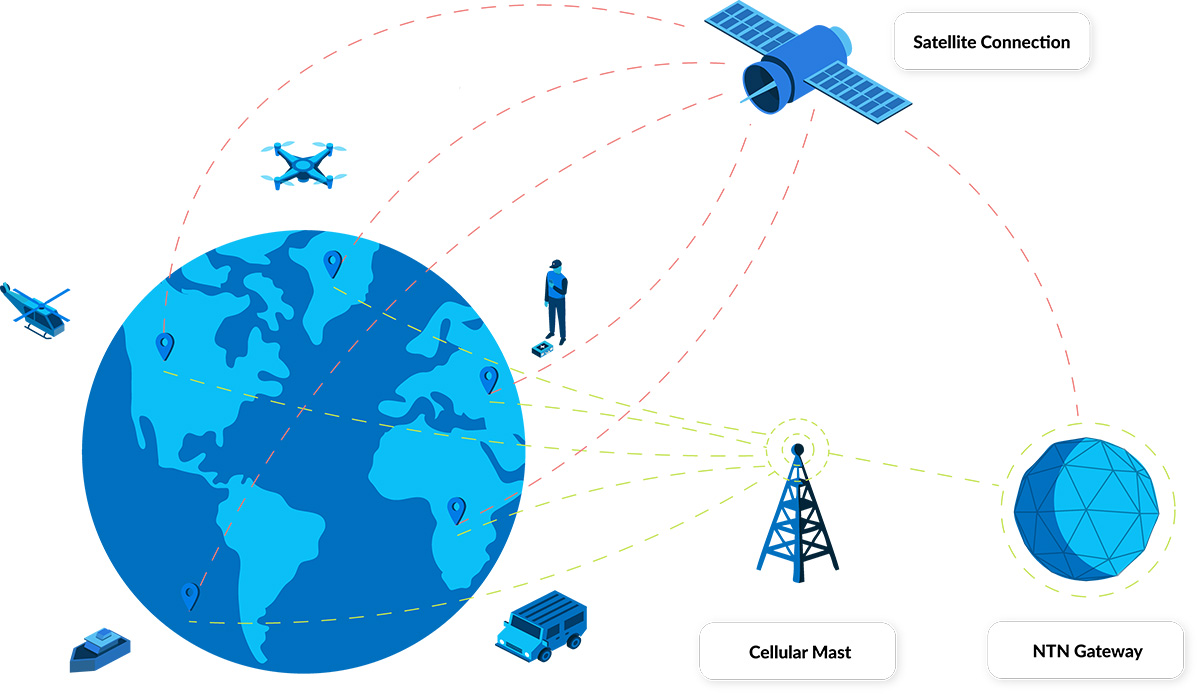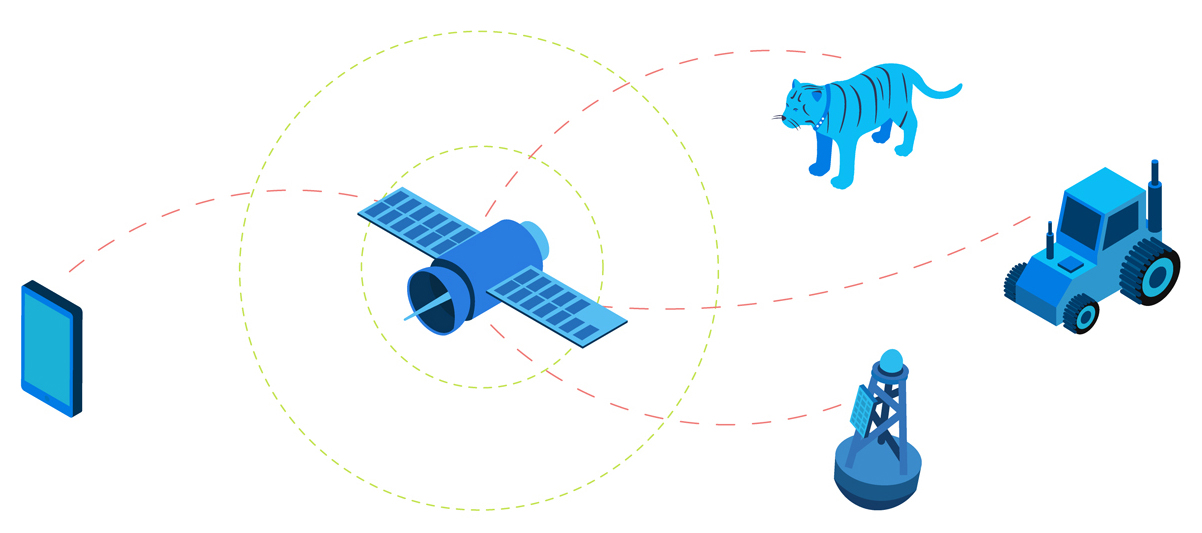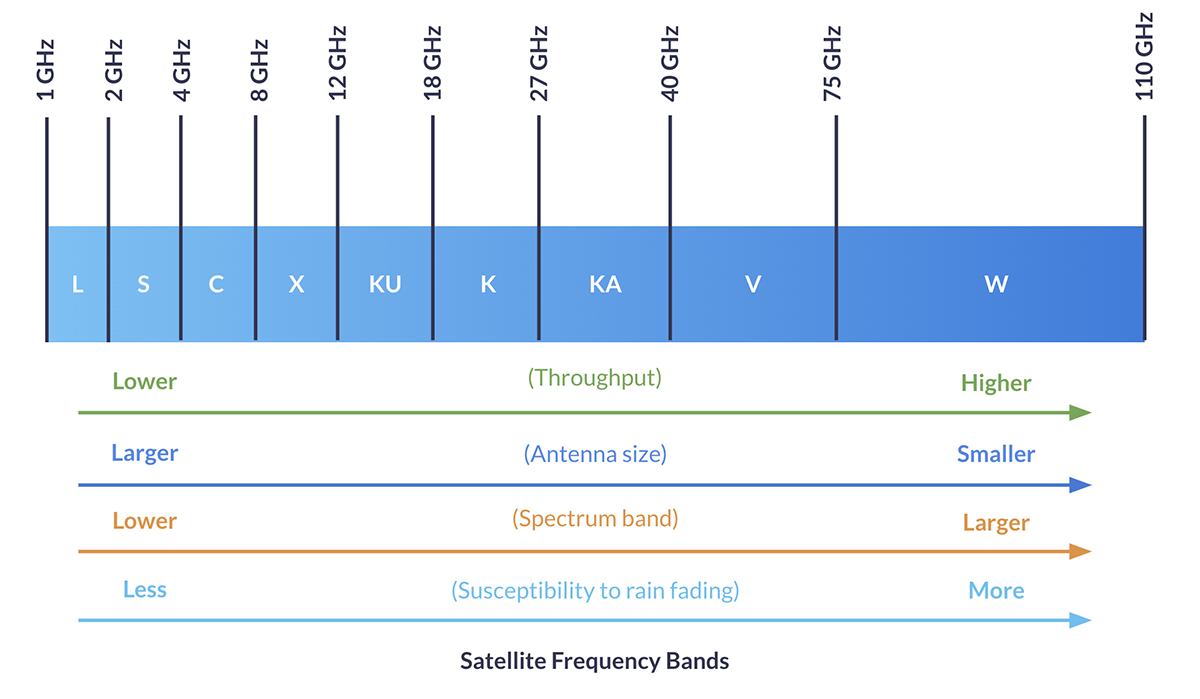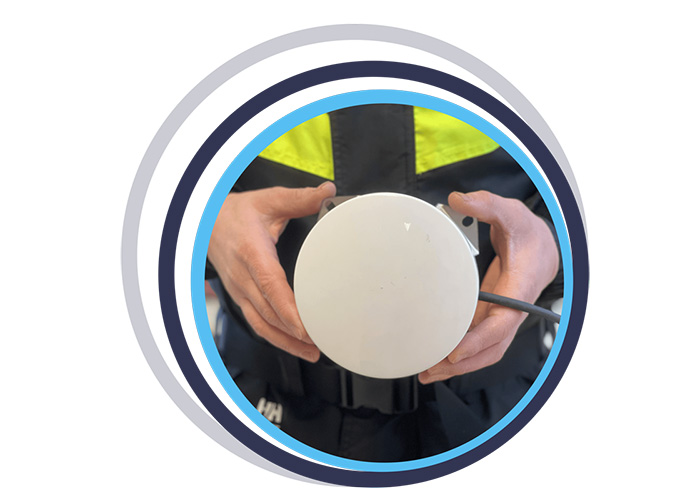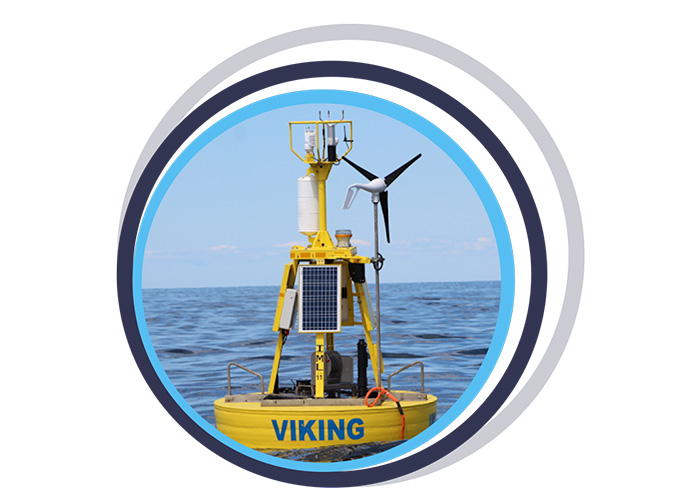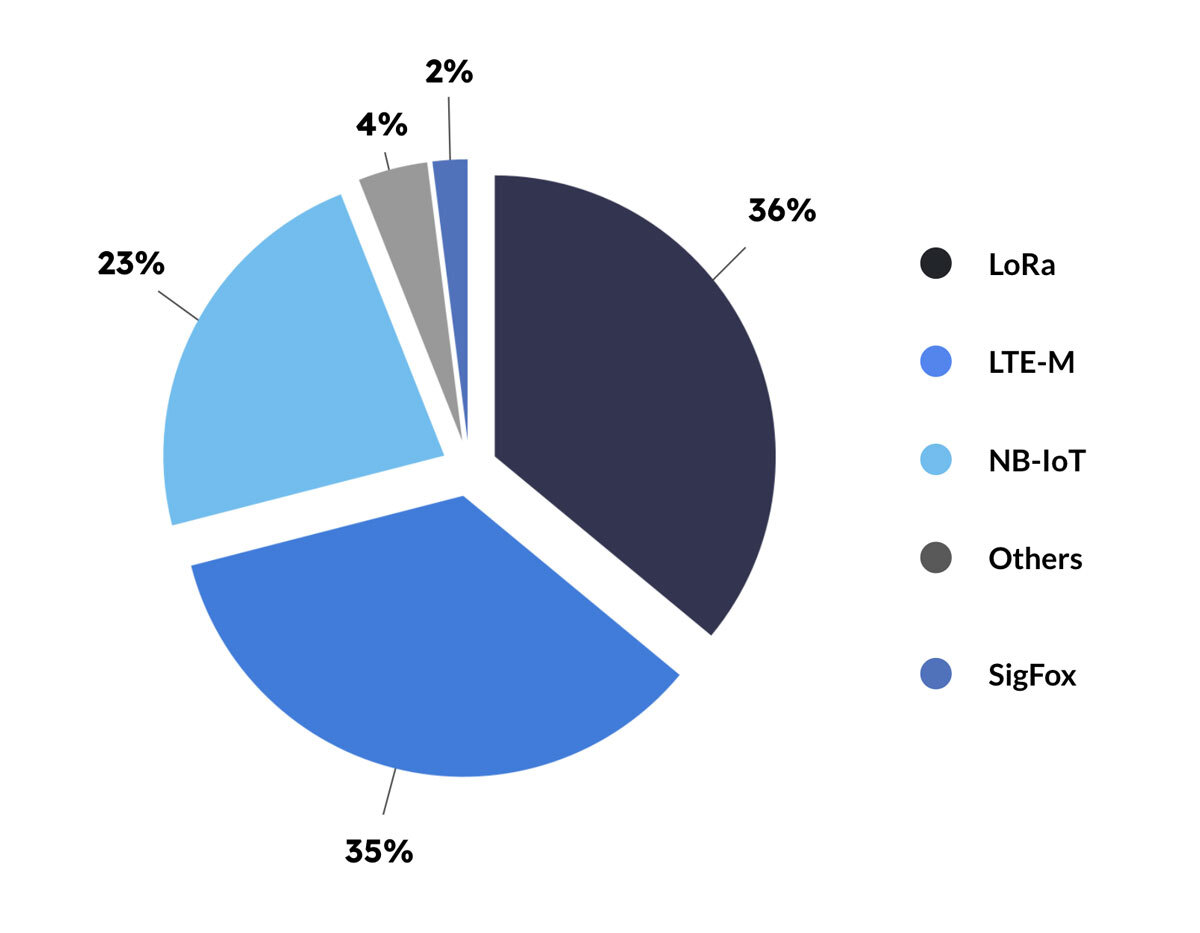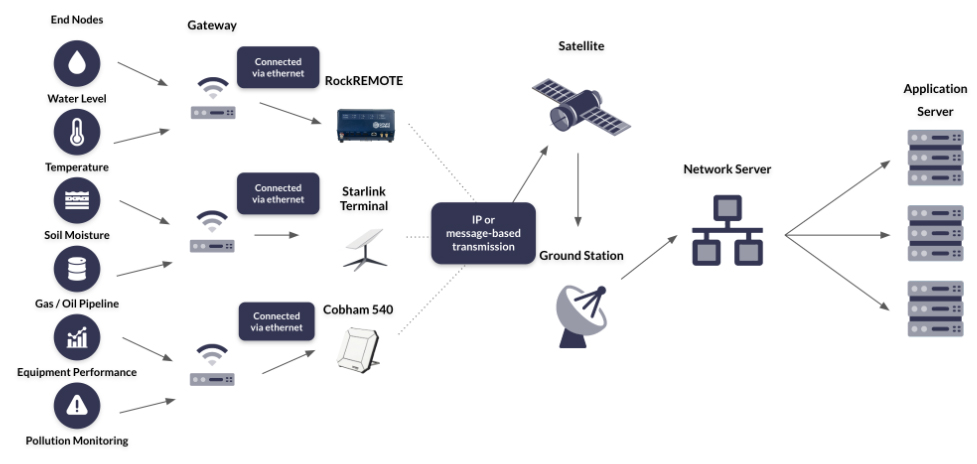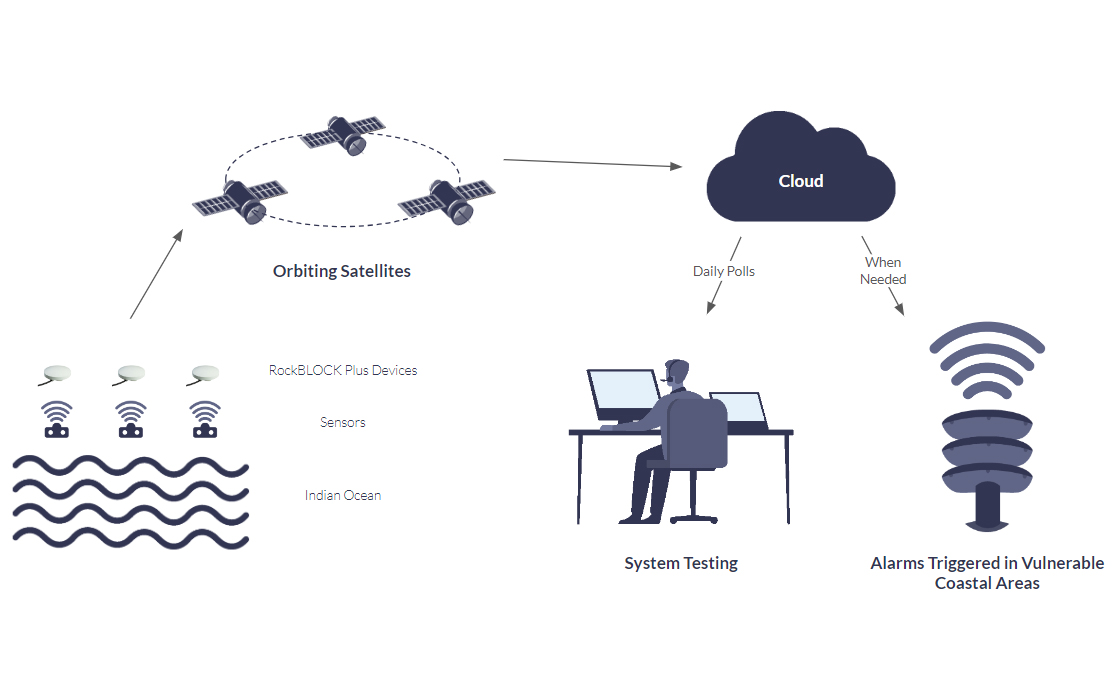Drones, or Unmanned Aerial Vehicles (UAVs), have become an integral part of modern military operations. Initially developed for reconnaissance and surveillance, drones have evolved into versatile platforms capable of executing various missions, from intelligence gathering to precision strikes. However, the full potential of UAVs is realized when enhanced with satellite connectivity, removing the limitations of traditional line-of-sight or terrestrial-based communication, and enabling real-time communication and coordination across vast distances and hostile environments.
While satellite connectivity has enhanced UAV capabilities, the utilization of UAVs in warfare is nothing especially new, and has instead, evolved significantly over the past century. Early concepts of UAVs emerged during World War I, with the development of rudimentary unmanned aircraft such as the “Kettering Bug,” – a drone prototype designed purely for bombing missions. However, these early models were not widely operational.
It wasn’t until World War II that UAV technology saw further development, particularly with the creation of the German V-1 flying bomb – essentially an early form of a cruise missile. The Cold War era spurred advancements in UAVs, primarily for reconnaissance purposes and the U.S. developed drones like the Ryan Firebee, which were used for surveillance during the Vietnam War.
The 1990s marked a turning point in UAV usage, particularly during the Gulf War, when drones like the RQ-2 Pioneer provided critical intelligence. Then in the early 2000s, UAVs like the MQ-1 Predator and MQ-9 Reaper – American remotely piloted aircrafts – gained worldwide attention for their role in counterterrorism operations. Powered by global satellite connectivity, these drones could carry out targeted strikes with high precision, far out of the reach of cellular and telecommunication networks. Step forward into 2024, and the role of UAV’s in modern warfare has only continued to advance. Let’s explore some of these key roles in more detail.
Satellite Devices Best Suited for Military Drone Applications
Satellite connectivity is a reliable, secure means of communicating with UAVs far beyond the reach of terrestrial networks. These devices are our top picks for command and control, piloting BVLOS, and transmitting real-time video footage from UAVs.
Simple Command and Control with RockBLOCK 9603
Command and control of UAVs requires stable, low-latency communication channels.
RockBLOCK 9603 enables basic two-way communication over the Iridium satellite network, allowing operators to send flight commands or adjust mission parameters approximately once every 40 seconds, regardless of their geographical location.
For example, the RockBLOCK 9603 could send positional data, informing operators of any need to make altitude adjustments or course corrections during a mission. This level of sophisticated satellite-enabled command and control is essential for UAVs operating in areas where ground communication networks are compromised or unavailable.
RockBLOCK 9603 is especially suited to applications where space is at a premium. It’s designed to make adding Iridium Short Burst Data (SBD) satellite connectivity super easy.
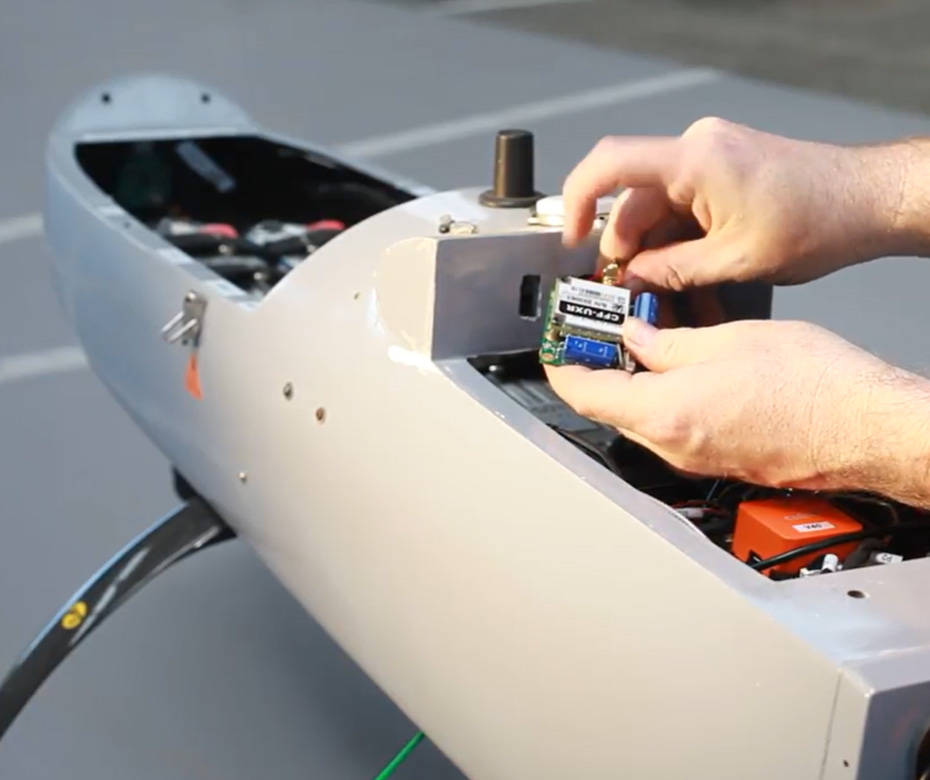
Piloting Beyond Visual Line of Sight (BVLOS) with RockREMOTE Mini OEM
One of the most significant challenges in drone warfare is piloting UAVs beyond visual line of sight (BVLOS) – a necessity for long-range missions or operations in hostile areas.
Solutions like the RockREMOTE Mini OEM provide satellite-based connectivity designed for such operations involving on the move assets.
The RockREMOTE Mini OEM is lightweight, designed to draw as little power as possible, and harnesses the Iridium Certus 100 satellite network service, delivering virtually real-time IP connectivity.
This technology allows for piloting and navigation adjustments, crucial for UAVs conducting missions deep into enemy territory. Furthermore, satellite-based communication ensures the operator maintains constant control over the UAV’s flight path, even when thousands of kilometers away.
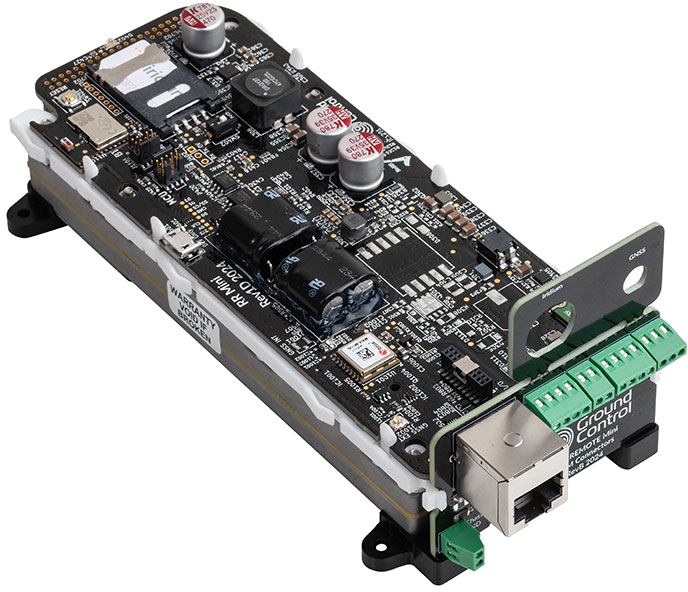
Capturing Real-Time Video Footage with RockREMOTE Rugged
Arguably, one of the most critical functions of UAVs in modern warfare is real-time video reconnaissance.
RockREMOTE Rugged coupled with Videosoft video compression technology facilitates the transmission of high-definition video feeds from drones to ground stations, enabling military forces to monitor enemy activities and gather intelligence without delay. This helps military operators to respond to threats or gather information promptly, enhancing battlefield awareness and operational decision-making.
The RockREMOTE Rugged does not require antenna-pointing and even with a poor or changing view of the sky, the RockREMOTE Rugged can reliably and securely transfer data in close to real time via the Iridium satellite network.
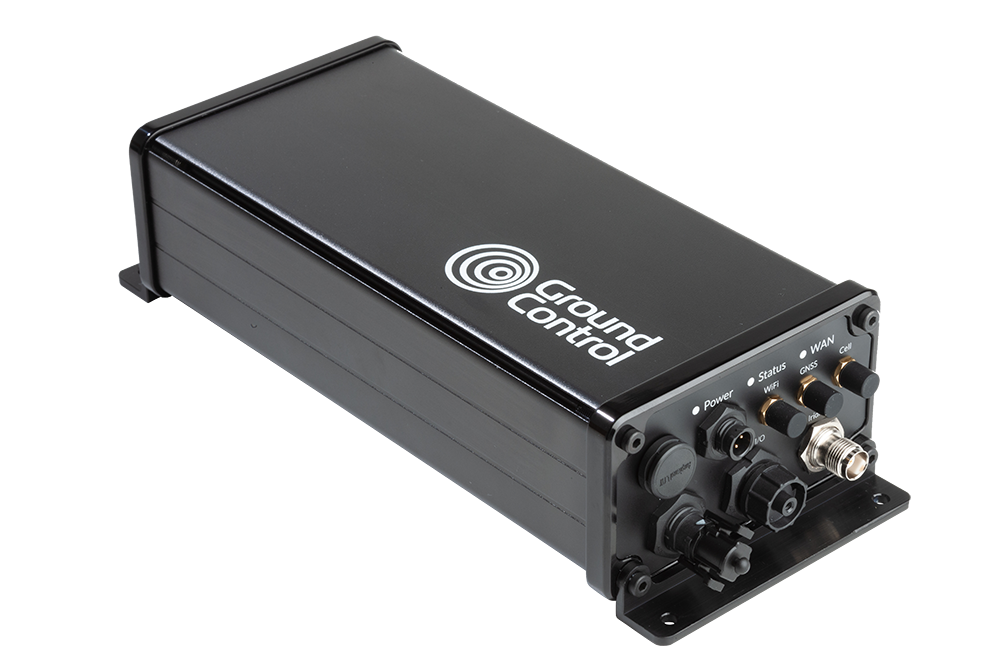
Selecting the Right Satellite-Enabled Solution
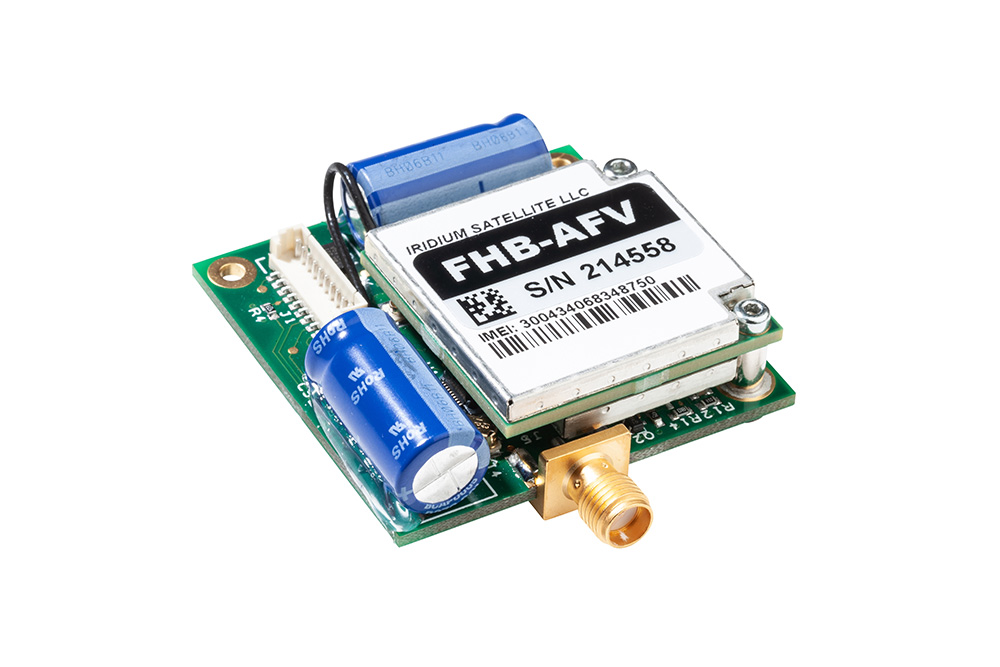
RockBLOCK 9603 |
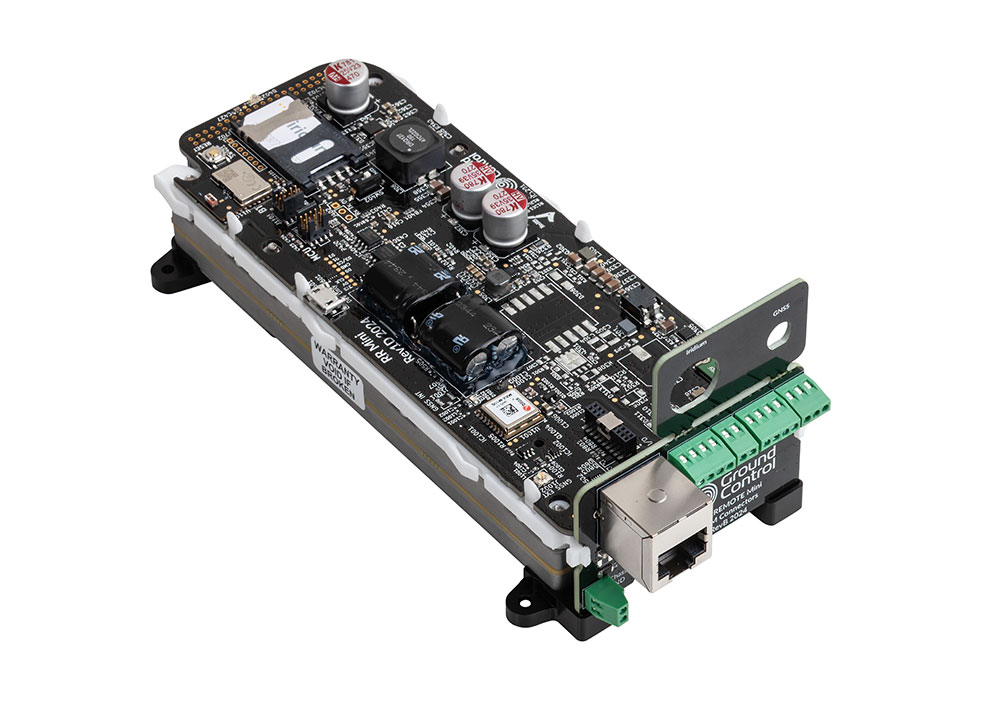
RockREMOTE Mini OEM |

RockREMOTE Rugged |
|
|
Size |
45 x 45 x 15 mm |
175 x 60 x 37 mm |
250 x 97 x 61 mm |
|
Weight |
36 g |
287 g |
1.2 kg |
|
Power |
Max 450mA |
<30mW (sleep), <0.25W (idle), <7.5W (average transmit) |
0W (sleep), 5W (idle), 9W (average transmit) |
|
Satellite Service |
Iridium Short Burst Data (340 bytes ↑ 270 bytes ↓ per message) |
Iridium Certus 100 (22/88 Kbps) + IMT (100 kB per message) |
Iridium Certus 100 (22/88 Kbps) + IMT (100 kB per message) |
|
Interfaces |
Molex PicoBlade 1.25mm pitch |
Ethernet (available on pin out), Serial RS232, RS485, GPIO (2xI, 2xO) |
Ethernet, Wi-Fi, Serial RS232, RS485 |
|
Antenna |
Built in 1621 Mhz tuned patch antenna (or use optional SMA connector for external antenna) |
External - various approved options |
External - various approved options |
|
Hosted Applications |
|
Limited |
Full |
|
Ideal For: |
Simple Commands / Failover Comms |
Piloting BVLOS; Sending Compressed Images |
Transmitting Real-Time Video Footage |
The Future of Drones in Warfare
Enhanced mission control, achieving reliable global communication and minimizing risk to life via utilization of UAVs has already been well-demonstrated in modern warfare. Satellite connectivity-enabled drones have proven effective in conducting successful reconnaissance, military strikes and humanitarian aid missions worldwide.
The future deployment of UAVs in military operations only looks to increase with advancements in artificial intelligence (AI), swarming technology, and autonomous decision-making being key growth drivers. For instance, satellite-connected AI-powered drones, capable of identifying targets autonomously, making decisions in combat scenarios, and communicating with other drones, is already under development. It is also expected that the concept of drone swarms—where multiple UAVs work together to accomplish a mission—will likely play a significant role in future conflicts. All of these technological advances will require the reach and reliability of remote satellite connectivity to execute on a global scale.
In time, UAVs will also become more integrated with manned aircraft and other unmanned systems, creating a cohesive and very versatile military force. Whether it’s simple command and control, piloting BVLOS, or gathering real-time video for reconnaissance, the fusion of UAVs with satellite IoT is unlocking new possibilities for military operations globally, while minimizing the risk of collateral damage.
Can we help?
It’s an exciting time to be working on a remote IoT application, but with the greater volume of choice comes more uncertainty about the right service provider and networking technology for you.
We can help. We work with multiple satellite network operators with both standards-based and proprietary technology, and will provide you with unbiased, expert advice.
Complete the form or email hello@groundcontrol.com and we’ll get back to you within one working day.

